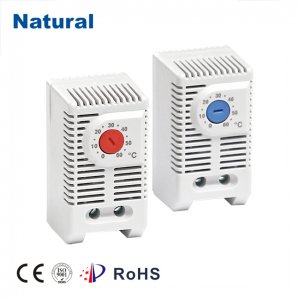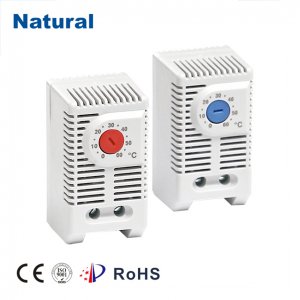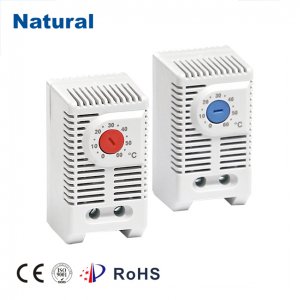A control panel thermostat is a fundamental device in modern heating and cooling systems, offering users a convenient way to regulate the temperature of their environment. This tool is widely used in both residential and commercial spaces, providing comfort, energy efficiency, and even cost savings. While most people are familiar with the general concept of a thermostat, the control panel thermostat is a more advanced and user-friendly version, allowing for more precise and customizable control over heating, ventilation, and air conditioning (HVAC) systems. In this article, we will explore the importance of control panel thermostats, their key features, and the benefits they offer.

What is a Control Panel Thermostat?

A control panel thermostat is an electronic device that regulates the temperature of a room or building by controlling the operation of heating and cooling systems. Unlike traditional mechanical thermostats, which may only allow for basic temperature settings, a control panel thermostat often includes a digital interface and additional features for more advanced control. These thermostats are typically installed on the wall of a home or commercial building and are connected to the HVAC system via electrical wiring or wireless technology. The control panel of the thermostat allows the user to set, adjust, and monitor temperature settings with ease. Many models come with touch screens, buttons, or dials, making it easy to navigate through various settings. Additionally, they may be equipped with advanced functionalities like scheduling, energy-saving modes, and even remote control capabilities.
